Centralizing Osteosarcoma Data
Chand Khanna, DVM, PhD, strategic advisory board chair at the Osteosarcoma Institute, came up with an idea to address the data challenge more than a decade ago when he was chair of the QuadW Childhood Sarcoma Biostatistics and Annotation Office (CSBAO) of the Children’s Oncology Group (COG). (QuadW Foundation is the organization that founded OSI.) Dr. Khanna envisioned a centralized repository where osteosarcoma data would live and be accessible to researchers everywhere. There was just one issue.
“What I had imagined could not proceed because the technology did not exist at the time,” Dr. Khanna says.
Years later, Brian Crompton, MD, a pediatric oncologist at Boston Children’s Hospital and the Research Co-Director of the Solid Tumor Center at Dana-Farber Cancer Institute, took over as chair of the CSBAO and revived Dr. Khanna’s idea.
“The goal was to enable clinical researchers to explore connections between biomarkers and clinical outcomes, and allow those in biological labs, who may not be computationally skilled, to easily navigate and analyze the data to form new hypotheses,” Dr. Crompton says. “We wanted to build a tool that layers a user-friendly graphical interface on top of complex scientific and clinical data to make it accessible for those who are not technologically savvy.”
This time, the capability was there, thanks to work being done at The University of Texas Southwestern Medical Center (UTSW). Dr. Crompton partnered with Yang Xie, PhD, Professor and Associate Dean for data sciences at UTSW to build a data commons that would serve up ready-to-use data to researchers.
“It was a big project that required a lot of collaboration,” Dr. Xie says. “We needed to first collect data, curate it, and then develop a way to link different types of data together. From the beginning, we knew it needed to be presented in a user-friendly way.”
The project took more than three years to complete. While initial funding came from UTSW and QuadW, Dr. Xie was able to secure additional funding from the Cancer Prevention and Research Institute of Texas (CPRIT), allowing the team to develop and implement the cutting-edge data science technology to develop the data integration and online analytics infrastructure.
Introducing the Osteosarcoma Explorer
The Osteosarcoma Explorer (OSE) launched in 2021 and contains data from over 570 osteosarcoma cases, including clinical, genomic, and imaging data. Designed to be accessible to researchers of all backgrounds, the OSE makes it easy to search for and download various types of osteosarcoma research data.
Dr. Crompton explains: “For example, if you are a biologist who thinks the expression of gene XYZ might predict an aggressive form of osteosarcoma, you could go into the data commons to identify the samples with high XYZ gene expression and see if those patients had a worse outcome than patients with low XYZ gene expression. That would give you a hypothesis you could then test.”








